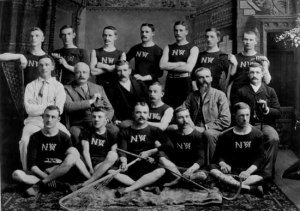
1890–1908 …Marching towards Professionalism
The (original) British Columbia Amateur Lacrosse Association was formed at a meeting held in Vancouver at the Windsor Hotel between the Vancouver, Victoria, and New Westminster clubs on March 22, 1890. A schedule of six matches was drafted up and New Westminster swept their series to claim the first provincial championship (although some later historical records indicate Victoria as the champion of the inaugural season).
Vancouver would then win the next two titles (1891, 1892) followed by Victoria in 1893 (some records indicate New Westminster) – however over the following years, New Westminster would dominate the championship scene with titles in 1894, 1895, and 1897 through 1902 with Vancouver picking up the slack in the intervening years.

The 1892 season was a great example of early organised field lacrosse. In an incredibly close campaign, each of Vancouver’s five victories for the title was won by 1-goal margins, yet due to their losses they still managed to let in more goals than they scored for the entire season. In those days, each goal scored was actually called winning a “game” and play ended after one team had accumulated four “games” to win the match or time ran out.
Victoria would have to wait until 1919 before winning a second senior amateur title for the Capital City but their closest attempt came during the 1894 season when they tied New Westminster in the league standings. As a result of the draw, a playoff game to determine the championship was played on October 20, 1894 at Brockton Oval in Vancouver. New Westminster showed up at the field an hour and a half late and this later caused the game being called due to darkness and Victoria holding a 3-2 lead with eleven minutes remaining. The referee refused to give the victory to Victoria and the club later withdrew from the BCALA on November 2, 1894 in protest of the referee’s indecision and the late arrival of their opponents.
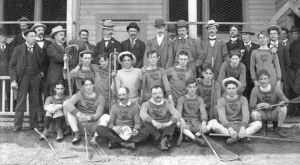
Two campaigns around the turn of the century – in 1899 and 1900 – saw organised league play deteriorate from numerous cancellations of matches. For example, in August 1900, some scheduled league matches involving New Westminster were cancelled due to their subsequently organised tour of Eastern Canada in August 1900. There were also some matches against Victoria that New Westminster possibly refused to play – allegedly due to ‘rough play’ on Victoria’s part in meetings earlier in the season.
The senior ranks expanded in 1901 with the return of the Nanaimo Lacrosse Club after a two-year hiatus. The Coal City crew were able to secure a couple of surprise victories at the expense of the Vancouver club but generally remained the league’s whipping post for the duration of their senior tenure. By mid-point of the 1902 season, the club had withdrawn from the league and defaulted their five remaining matches. The Vancouver YMCA lacrosse club went back east in October 1901 to challenge for the Minto Cup, the senior championship of Canada which was inaugurated earlier that season.
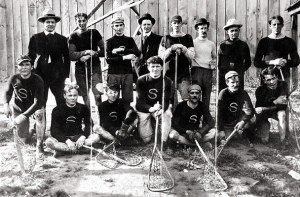
The 1903 senior lacrosse season ended in dispute between New Westminster and Vancouver and the league championship was still vehemently undecided at the start of the 1904 campaign. The differences between the two clubs dragged on after the three-team schedule was released. New Westminster withdrew from the league on June 2, 1904 after refusal to play two replays to decide the 1903 champion. There was some talk of a second Vancouver team joining, but in the end Vancouver Lacrosse Club and Victoria continued on with an eight-game schedule, which Vancouver handily won after five victories.
Despite the conflicts off the field, one bright spot during the 1903 campaign was growing attendance. The June 30, 1903 match at Brocton Oval between Vancouver and New Westminster saw 7,000 in attendance, reported to have been the best crowd since 1896. Two months later on August 29, 1903, a rematch between those same two teams drew 11,000 onlookers out to Brockton Oval in was dubbed by one newspaper reporter as “the greatest lacrosse match in West Canada”.
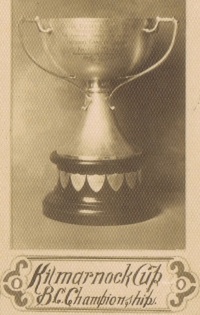
In 1905, the BCALA league was reformed with four members: New Westminster, Vancouver, Victoria, and a newly-formed club from Seattle. The Emerald City’s club was later ejected from the league after they were unable to play their two final scheduled games – a move somewhat encouraged by Vancouver since it would improve their record against their league-leading rivals in the Royal City.
The following season saw Victoria withdraw from the senior league and Vancouver field a second club in the form of the Mount Pleasant Maple Leafs. Late in the season, in September 1906, lacrosse players and fans saw the donation of the Kilmarnock Cup as a trophy for the provincial senior championship. Through the efforts of Victoria Lacrosse Club, the $500 mug was donated on behalf of the scotch distillers John Walker & Sons and brought over from England. The Kilmarnock Cup would remain in competition until retired at the close of the 1960s.
New Westminster became the first Kilmarnock Cup champion in 1907, defeating Mount Pleasant Maple Leafs 5-4. Mount Pleasant had previously bested the Vancouver Lacrosse Club 11-4 in an intra-city playoff.
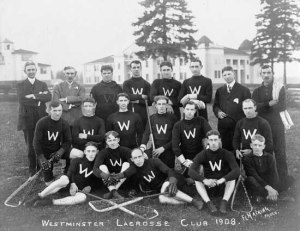
Victoria rejoined the senior league for 1908. The original schedule was then revised in August to accommodate New Westminster’s challenge trip to Montréal that resulted in the successful capture of the Minto Cup for the West Coast.
On September 26, 1908 in the final New Westminster-Vancouver match of the season, escalating player tempers on the field saw a riot break out when a New Westminster fan pelted a Vancouver player with eggs – which resulted in George Paris, the Vancouver trainer, retaliating by pulling out his gun and firing a shot into the crowd. Thankfully, no one was killed, although the bullet went through the coat of one spectator. Both clubs felt they were victims in the ugly incident and Vancouver stated their refusal to “play any further games in New Westminster…”
(PHOTO SOURCES: NWMA IHP1505; Saturday Globe (January 30, 1897); CVA Sp P4.1; Seattle Times archives; NWMA IHP0663 )




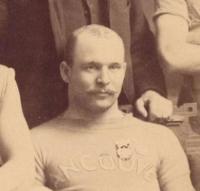
 Prior to his permanent relocation to Vancouver, he had played lacrosse with the Toronto Victorias junior team in 1883 and some senior teams there – most notably the Torontos and Toronto Ontarios senior squads in 1887. By the autumn of 1887, he was residing back on the west coast for good and fully immersed with the Vancouver Lacrosse Club and the local lacrosse scene. In 1883 he played for the Old Garry’s of Winnipeg, Manitoba.
Prior to his permanent relocation to Vancouver, he had played lacrosse with the Toronto Victorias junior team in 1883 and some senior teams there – most notably the Torontos and Toronto Ontarios senior squads in 1887. By the autumn of 1887, he was residing back on the west coast for good and fully immersed with the Vancouver Lacrosse Club and the local lacrosse scene. In 1883 he played for the Old Garry’s of Winnipeg, Manitoba.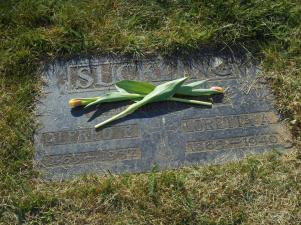 In April 1907 when Vancouver held a parade to celebrate the twentieth anniversary of the founding of the city, Suckling, along with C.N. Davidson, David A. Smith, and some other pioneer members of the Vancouver Lacrosse Club, rode on one of the carriages. Witnessed by 40,000 people, all along the parade route the old veterans of the gutted stick received the loudest applause from the crowd.
In April 1907 when Vancouver held a parade to celebrate the twentieth anniversary of the founding of the city, Suckling, along with C.N. Davidson, David A. Smith, and some other pioneer members of the Vancouver Lacrosse Club, rode on one of the carriages. Witnessed by 40,000 people, all along the parade route the old veterans of the gutted stick received the loudest applause from the crowd.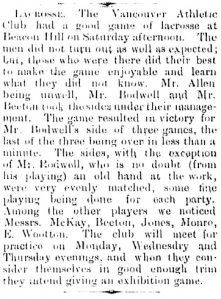
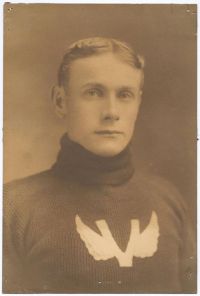



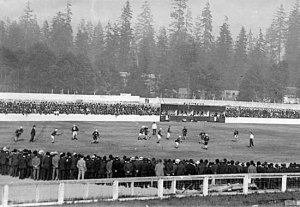
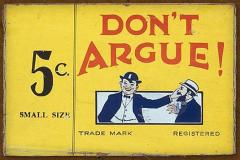
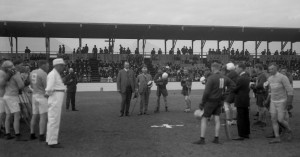

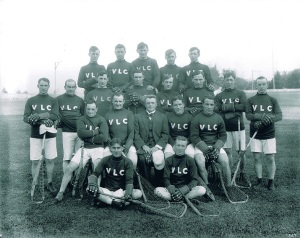
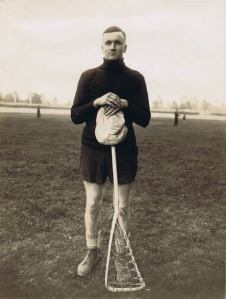

You must be logged in to post a comment.